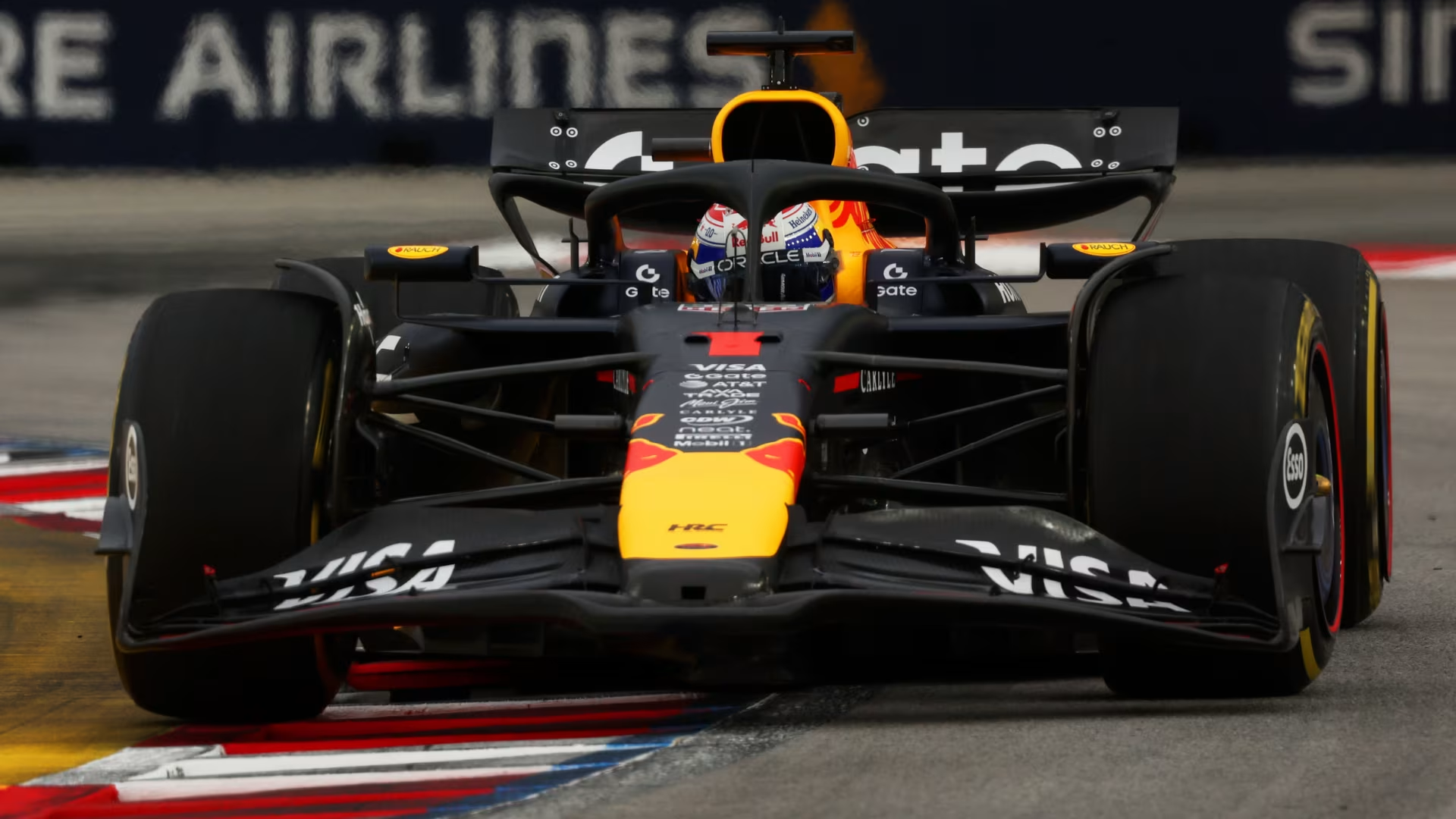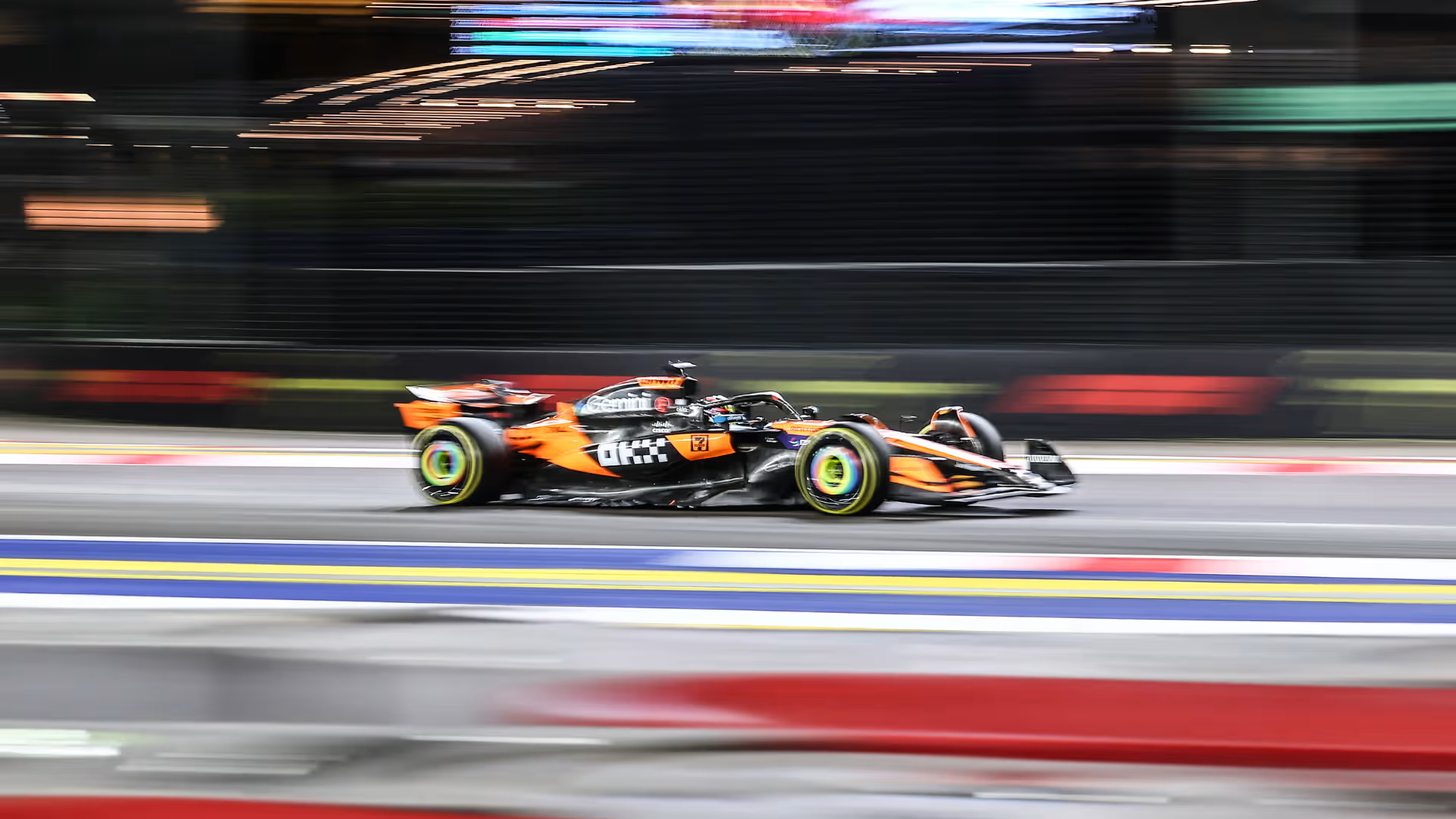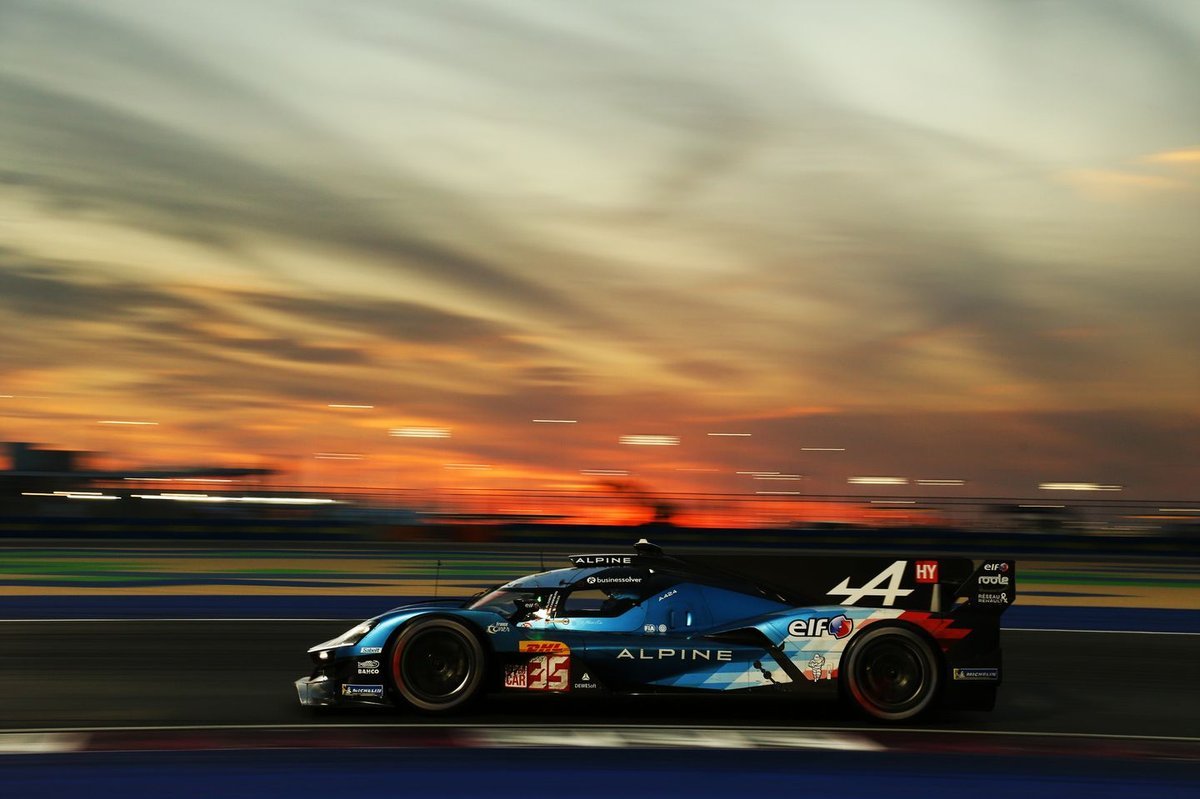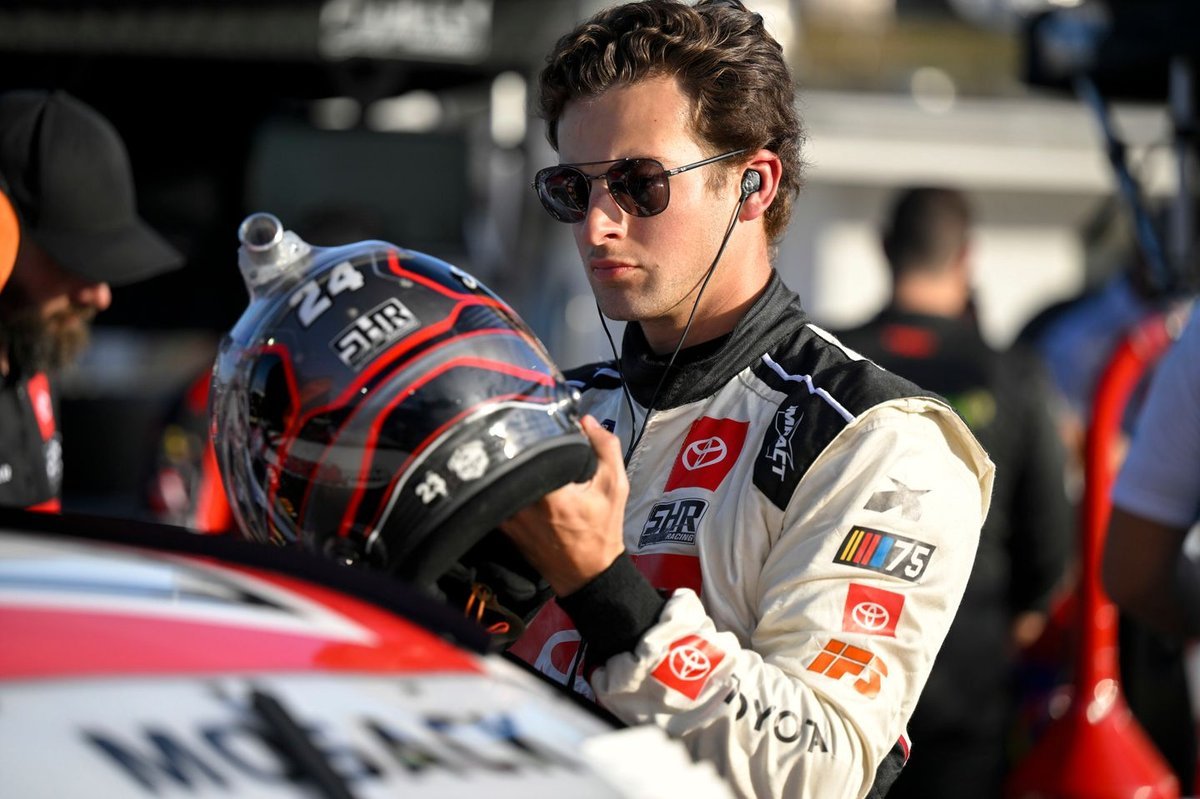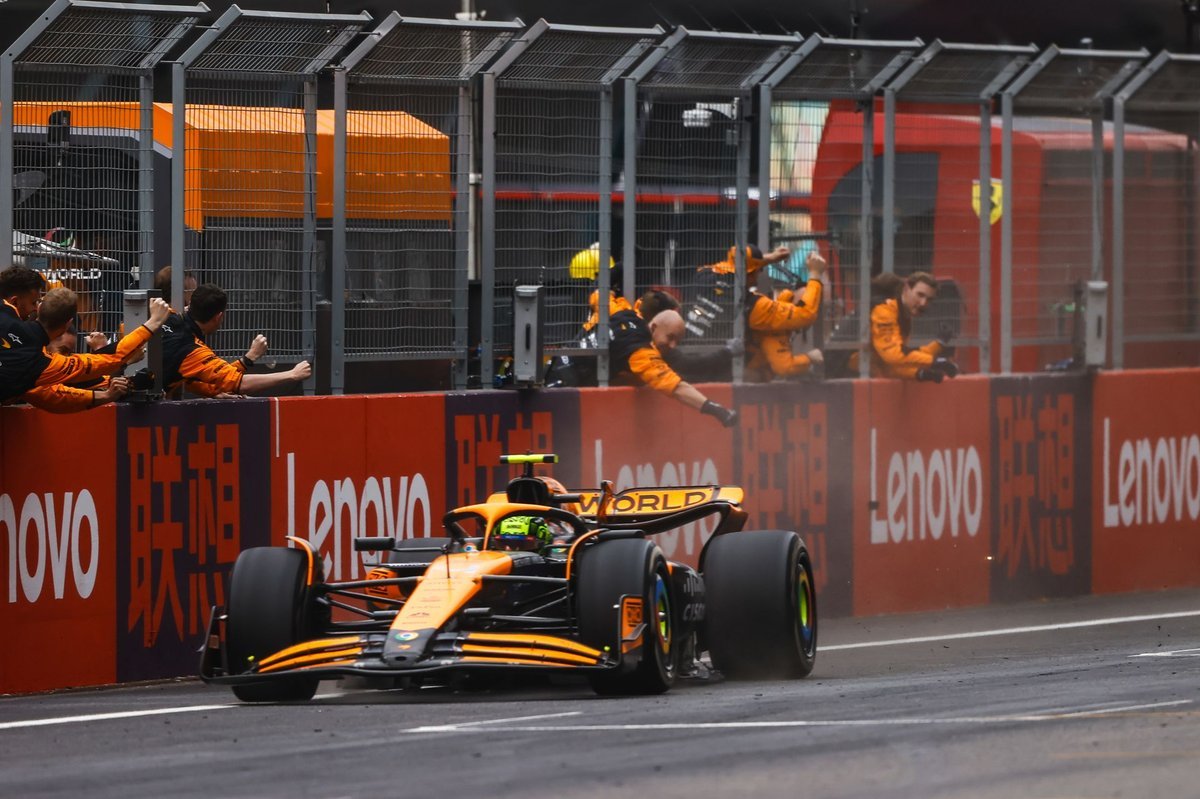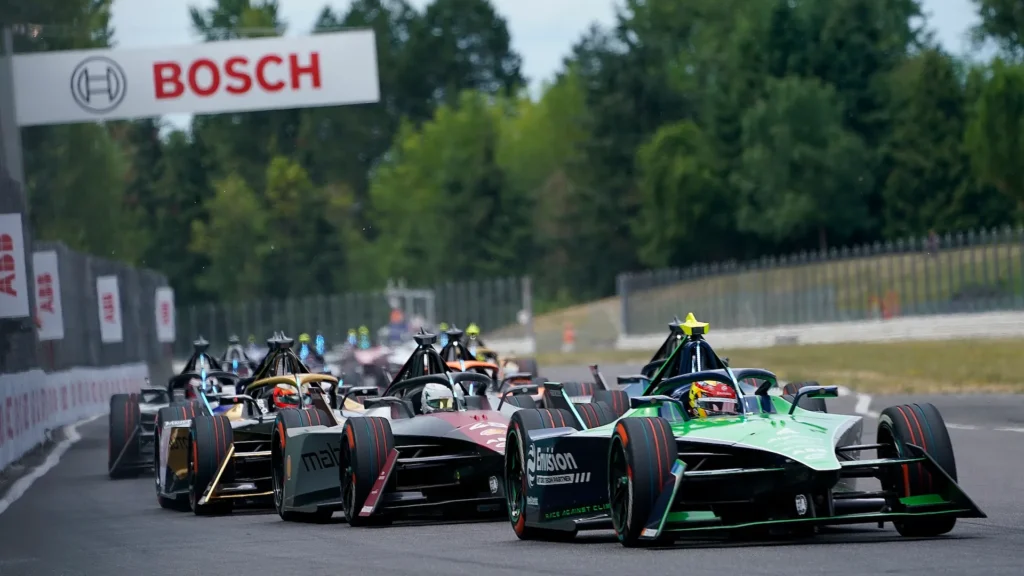
The FIA’s electric single-seater race series isn’t to everyone’s taste. It can, however, still impart some knowledge to Formula 1.
I’m not here to convince you to embrace Formula E. If ten years and three generations of cars haven’t piqued your curiosity, it’s probably too late to start now. However, despite its flaws, Formula E has some valuable lessons that could elevate Formula 1.
As a longtime F1 fan who walked away after a controversial title decision, I found myself craving racing but without an outlet. Living near Portland, which hosts NASCAR Xfinity, Indycar, and Formula E, I decided to dive into the local racing scene. My recent experience at the Portland E-Prix, rumored to be the last U.S. stop for years, was an eye-opener.
The affordability of Formula E stands out. Adult tickets start at $40, a stark contrast to the expensive F1 Grand Prix tickets. Even concessions at F1 events can cost as much as a Formula E ticket. Formula E offers more bang for your buck with live music, family-friendly activities, and unique freebies like posters and papercraft helmets.
On the track, the lack of exhaust noise in Formula E brings other car sounds to the forefront—gear whine, aero whooshes, and tire screeches create a more immersive experience. The absence of fuel fumes and the unique scent of hot electronics give Formula E a distinctive sensory profile. The “Attack Mode,” which drivers activate by going off the racing line to gain extra power, adds a strategic layer reminiscent of rallycross’s joker laps.
The diverse crowd at Formula E events is another highlight. From seasoned race fans to EV enthusiasts and a notable presence of women and LGBTQ+ individuals, the audience is a refreshing mix. This inclusivity adds to the vibrant atmosphere.
The Formula E cars themselves are impressive. Despite their modest 400 horsepower, they reach speeds comparable to IndyCars, thanks to their design focused on mechanical grip rather than aero downforce. This results in fewer issues with dirty air and more dynamic racing, with drivers able to compete even with damaged cars.
However, Formula E isn’t without its drawbacks. The name “E-Prix” feels gimmicky, and the constant background music can be overwhelming. The long gaps between sessions without support races are a missed opportunity. And while the main event’s 45-minute duration is a technological limitation, it feels too short. Louder cars would also enhance the experience, not through artificial noise but by amplifying existing sounds.
Merchandise options at Formula E events could be better. Event-specific shirts, like those at NASCAR Xfinity, would be a welcome addition. The series should also scrutinize its drivers more carefully and avoid sportswashing, particularly with controversial locations like Saudi Arabia.
Despite these criticisms, I’d attend another Formula E race, ideally with someone knowledgeable about the series to deepen the experience. Formula E isn’t a replacement for F1 or Indycar but a different way to enjoy high-speed racing. It has room to coexist with traditional motorsports, uniting diverse car enthusiasts under its banner.
Formula E brings innovative ideas to the table, making it worth your time and money. In contrast, F1 could learn from Formula E’s approach to fan engagement and affordability. If nothing else, Formula E’s willingness to innovate is commendable, offering a fresh perspective on racing.




